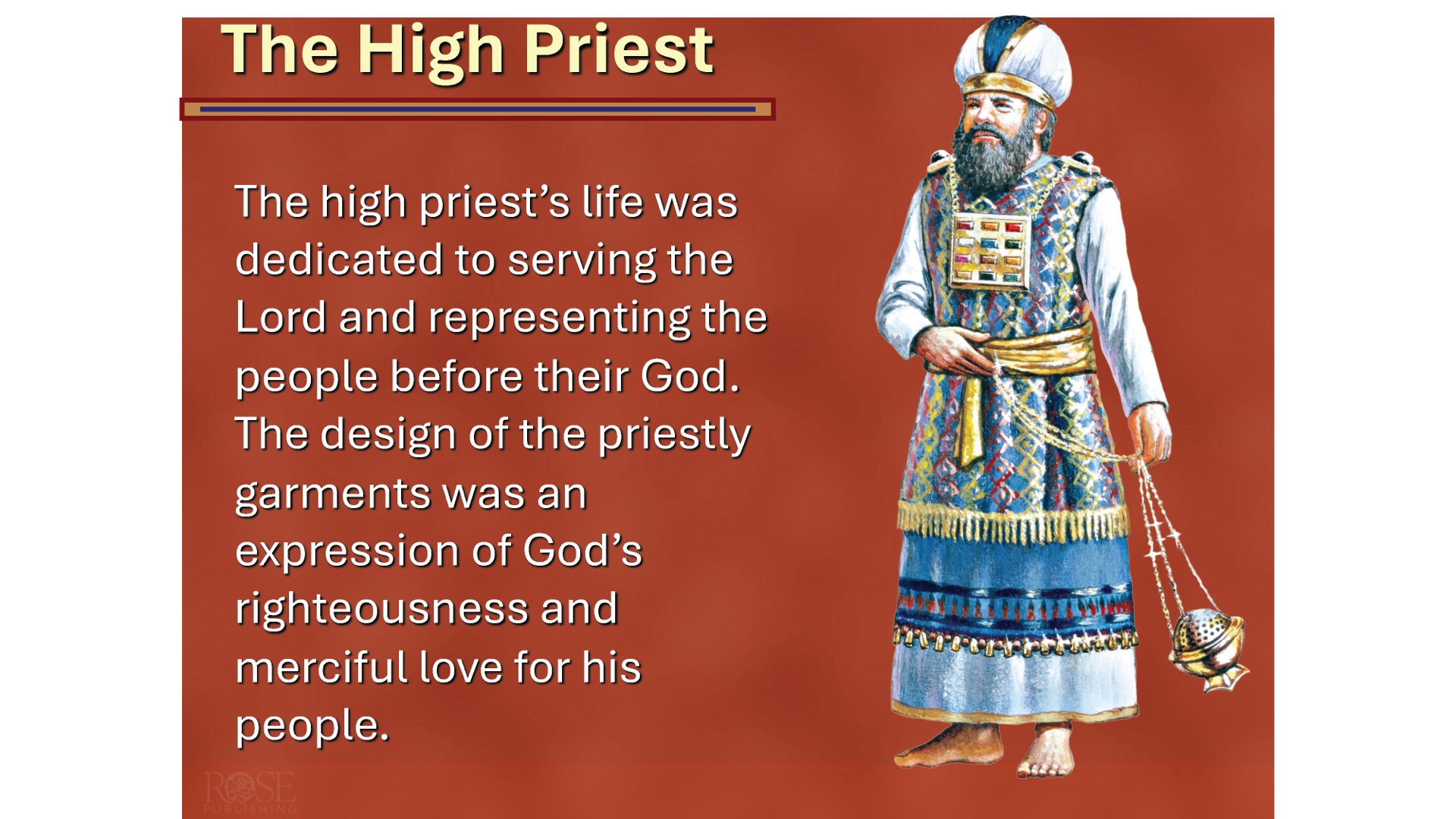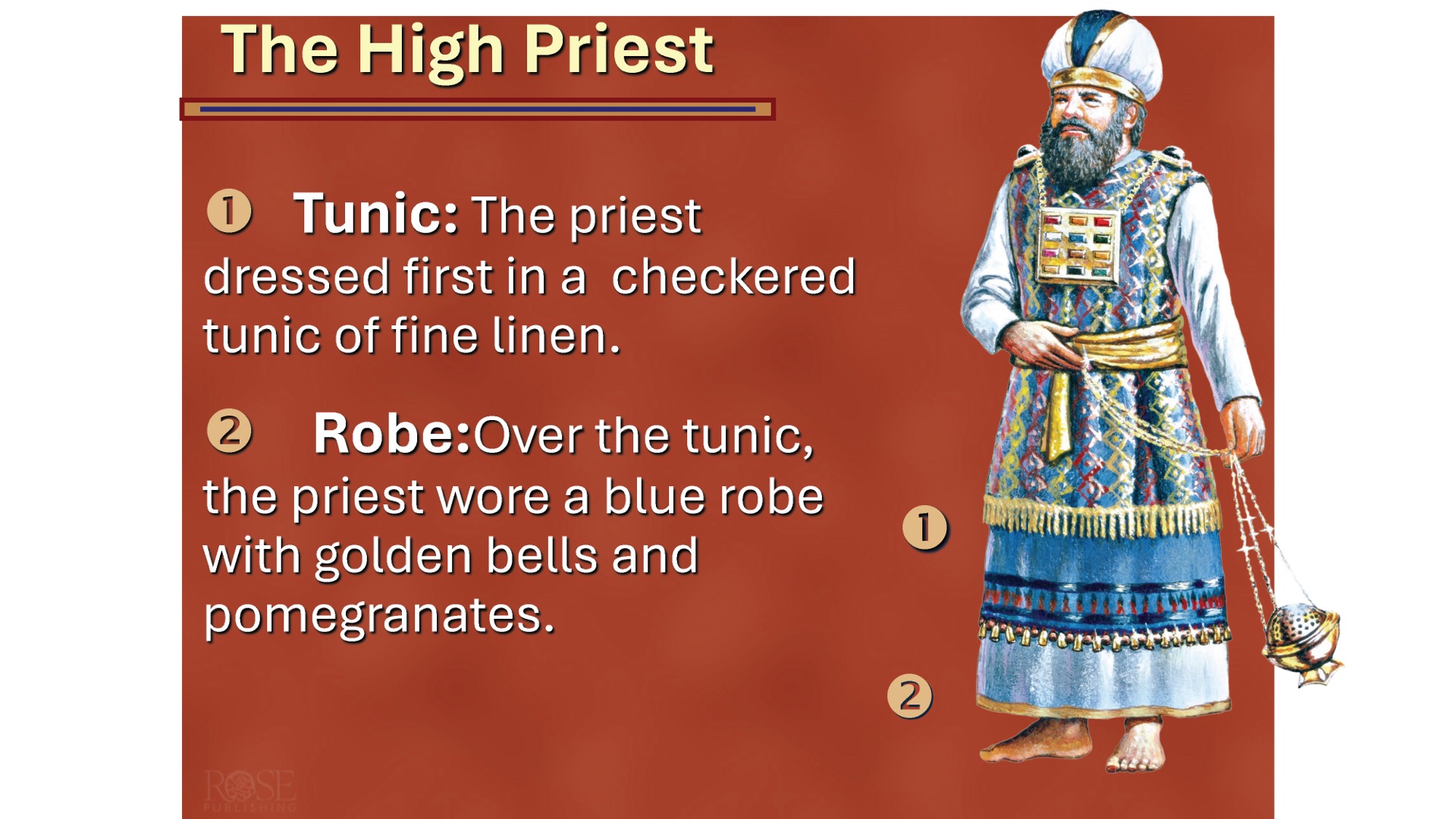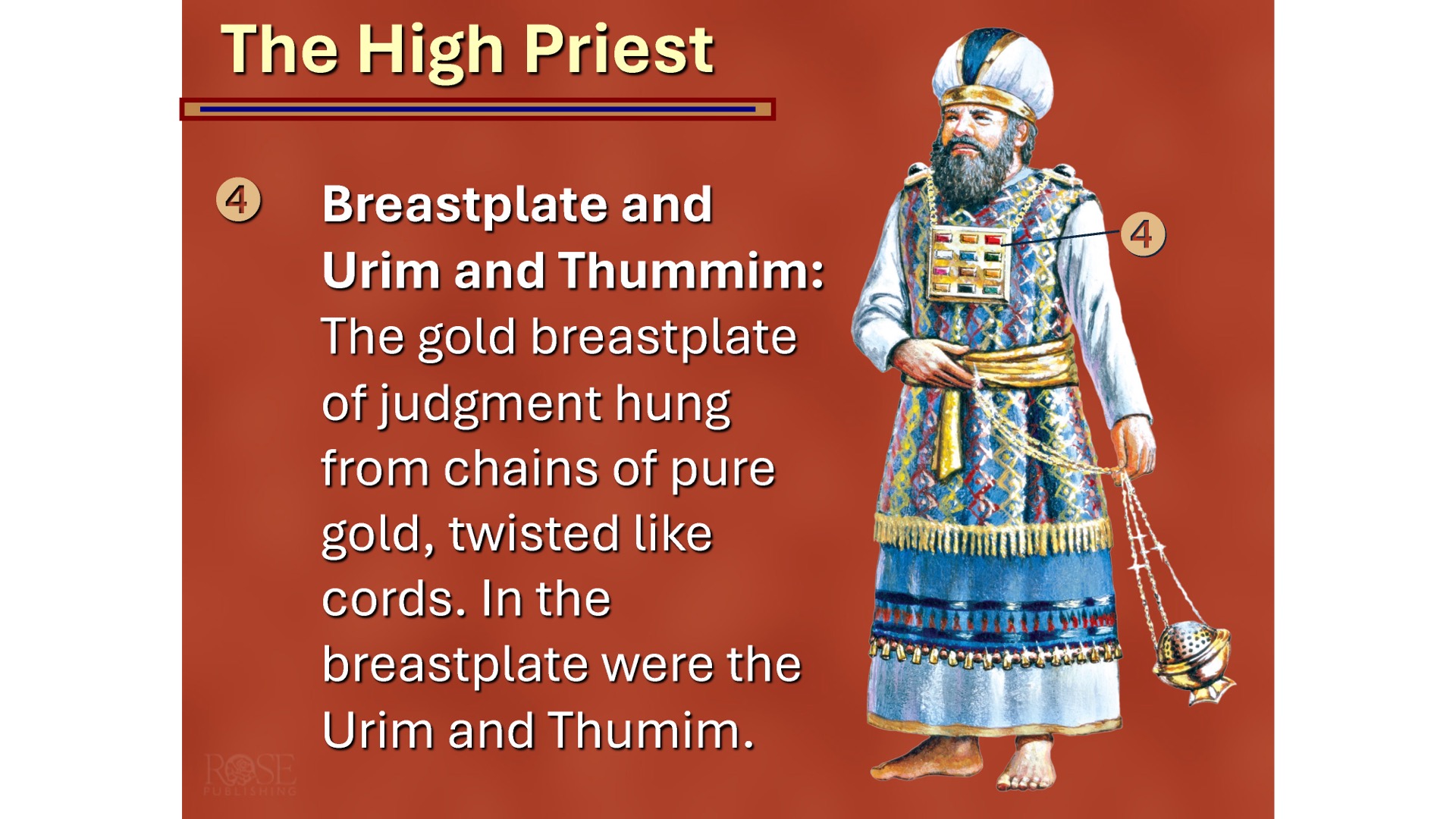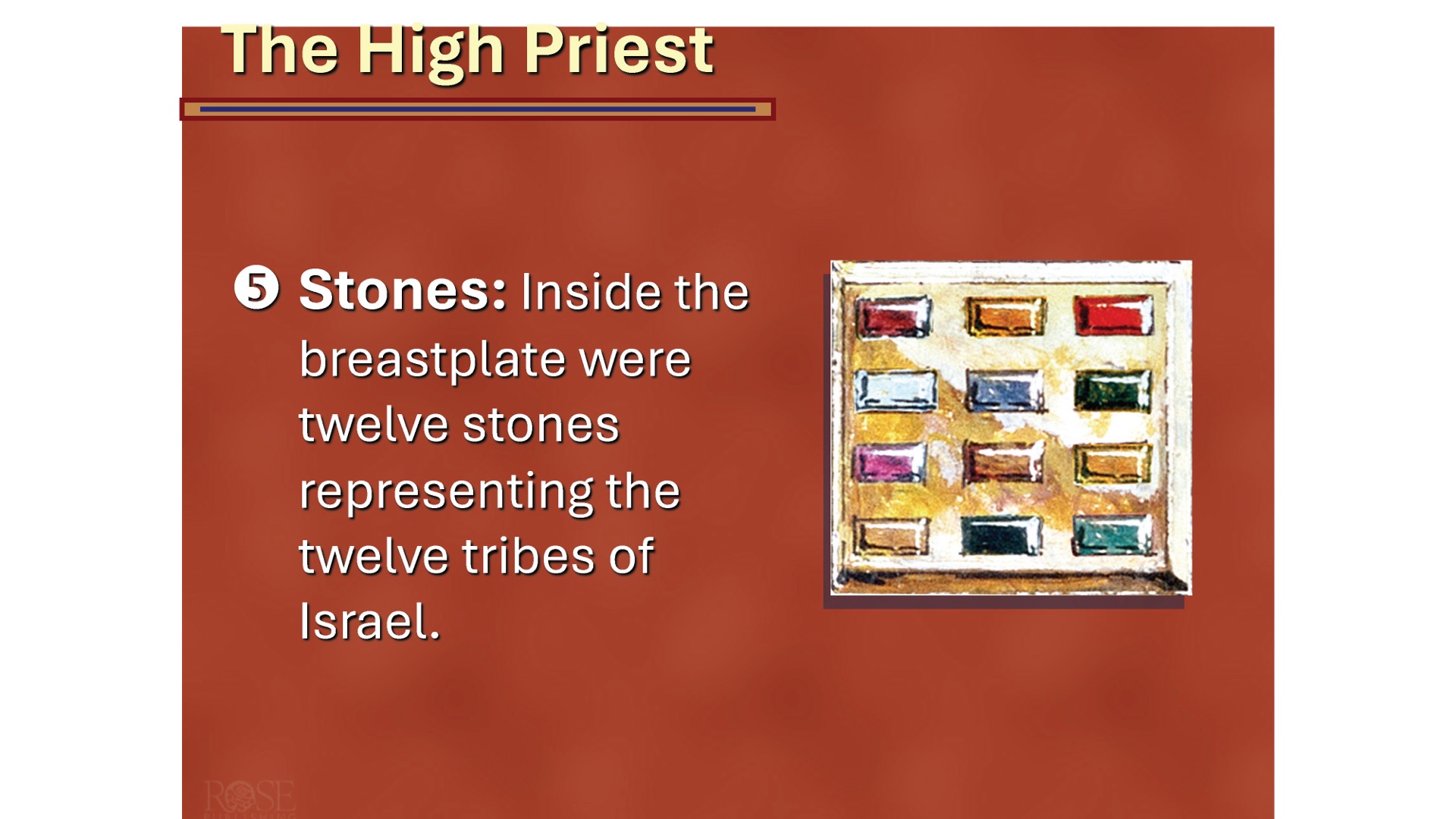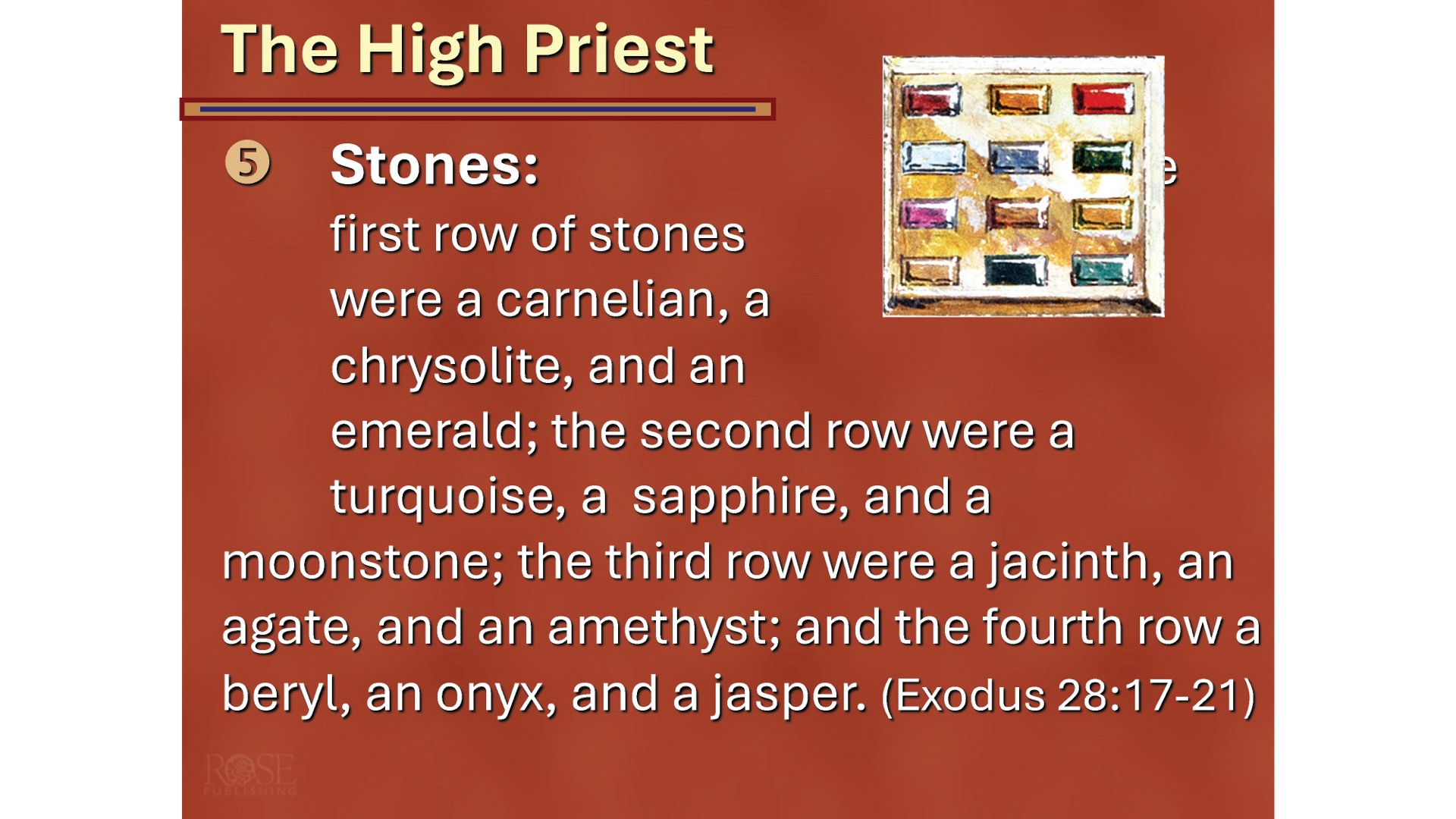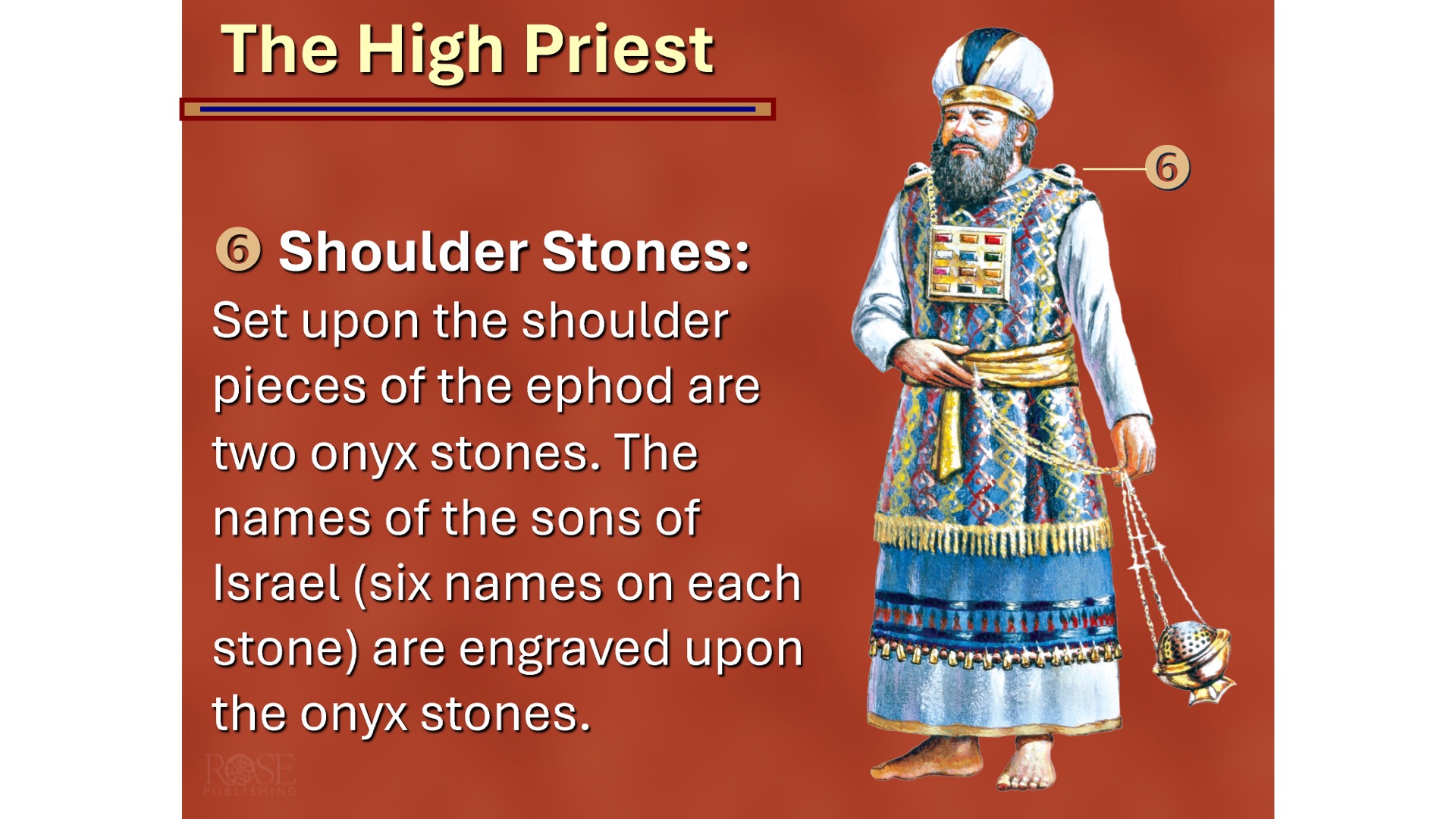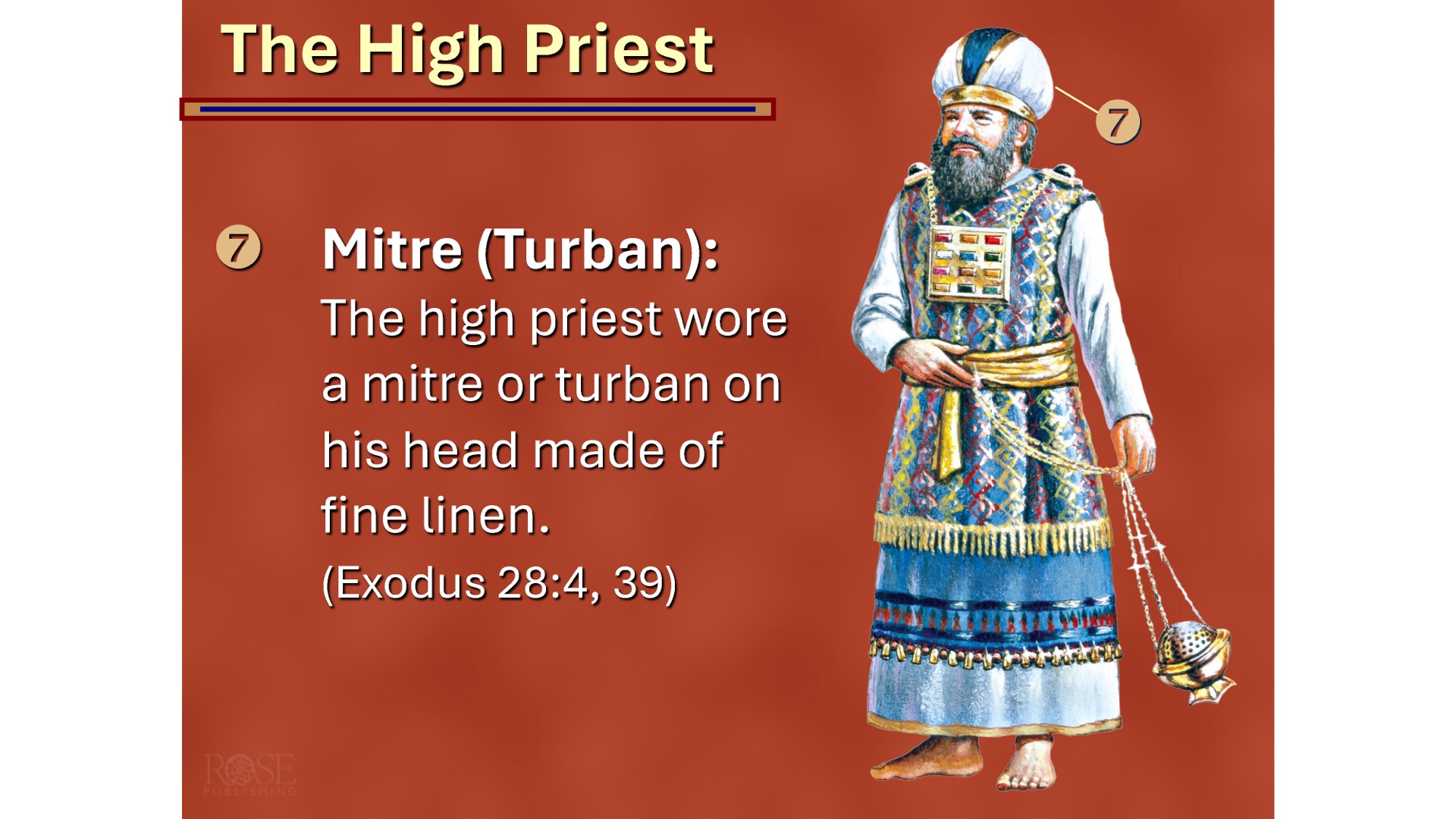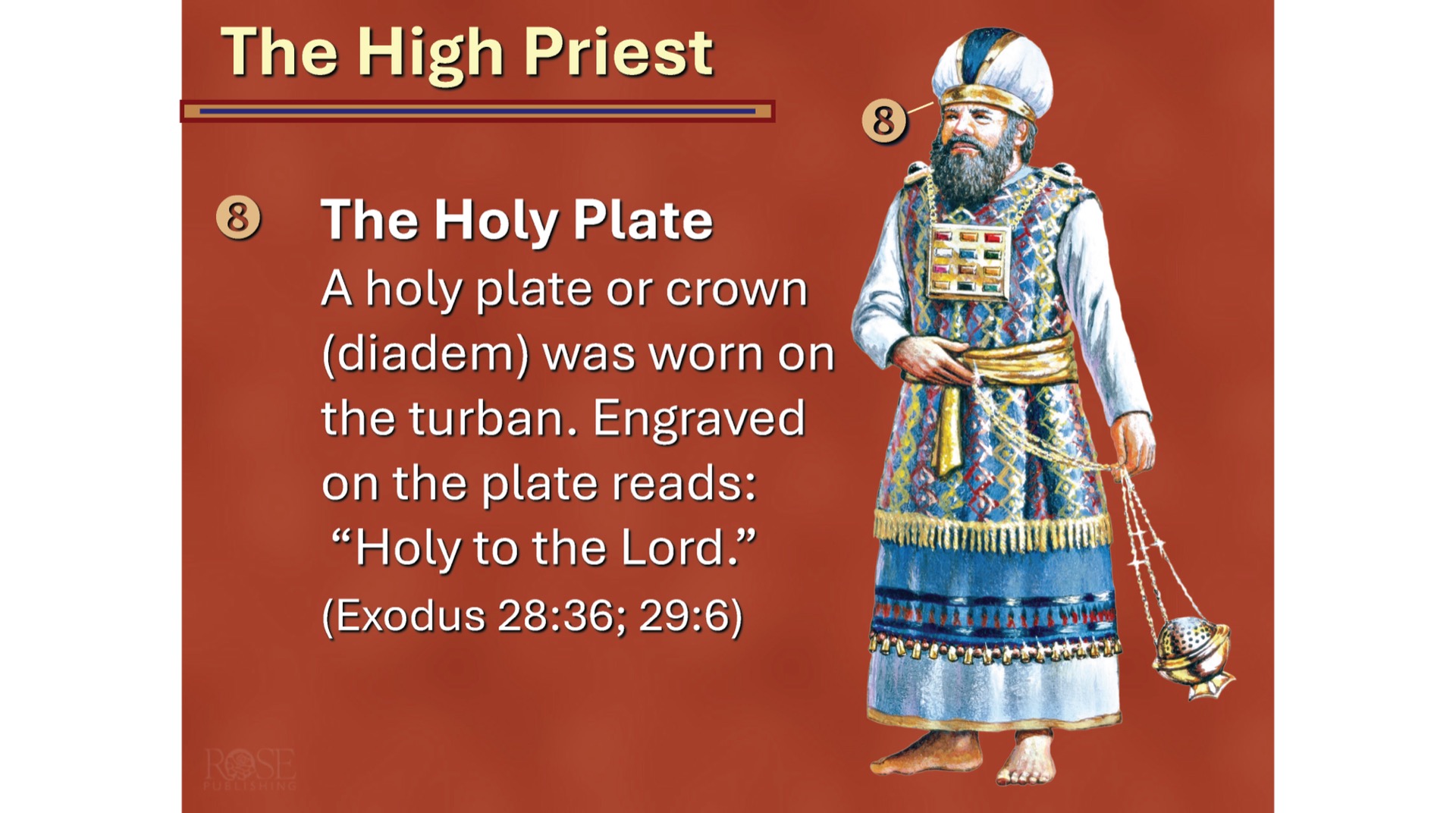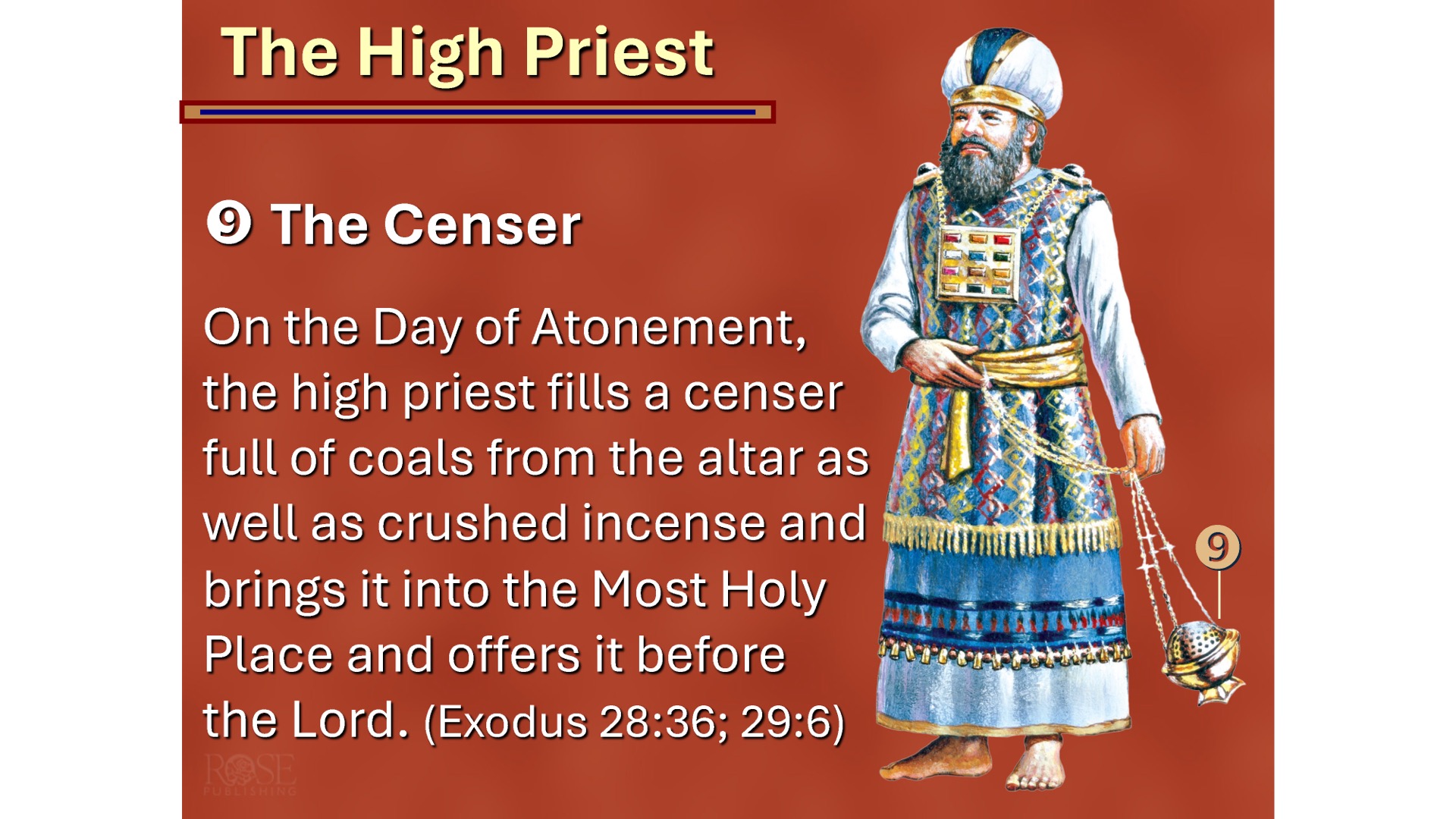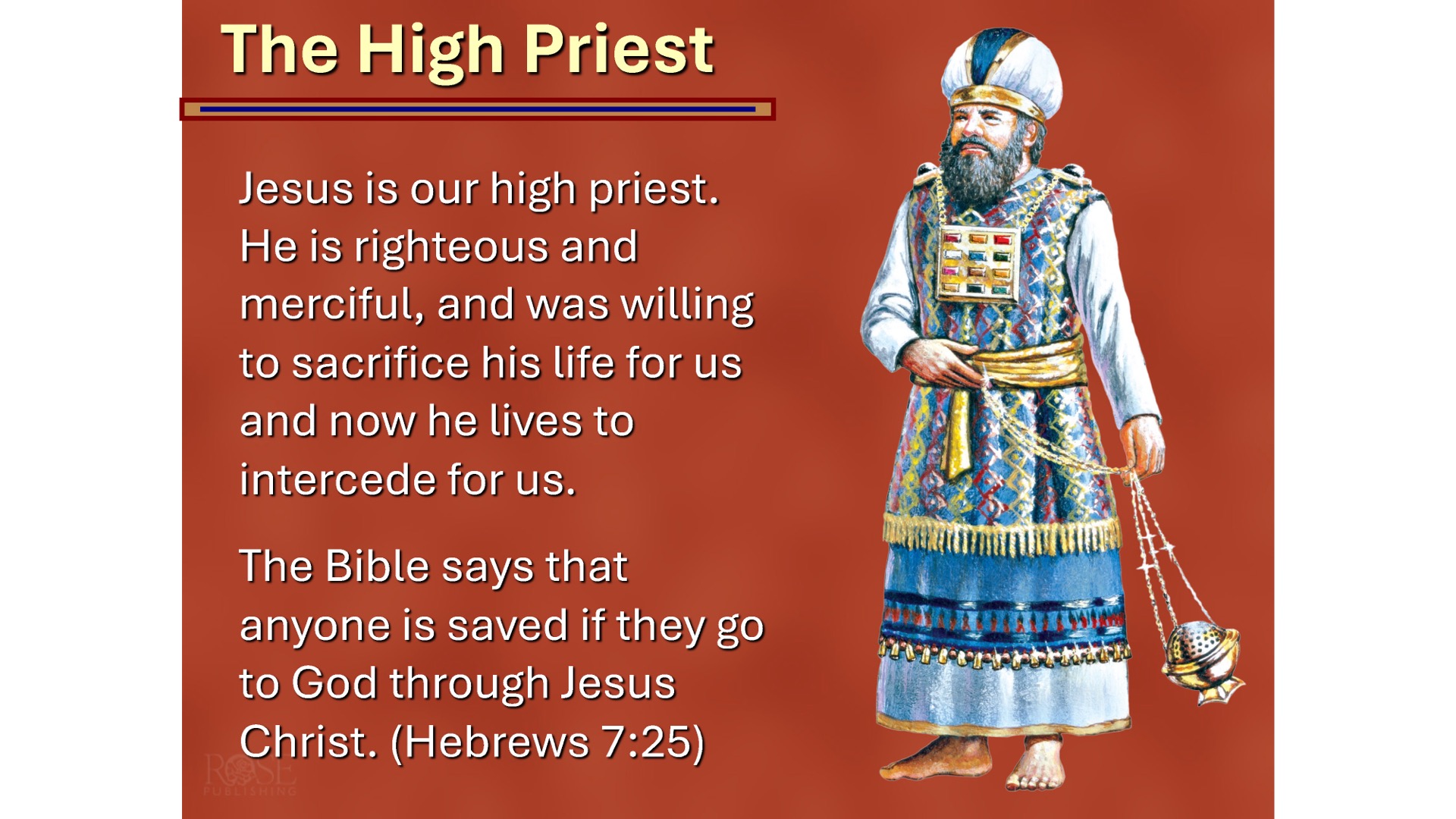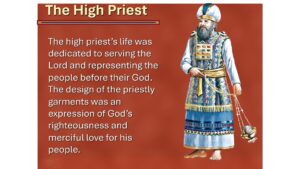
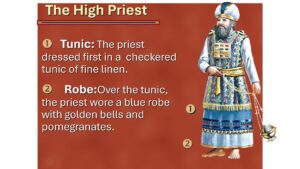
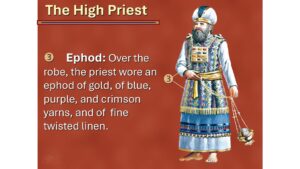
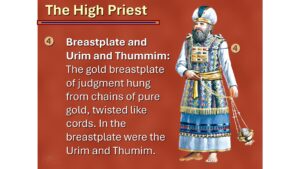
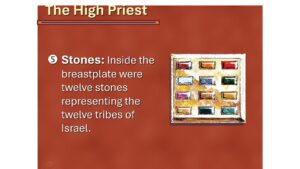
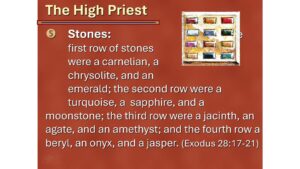

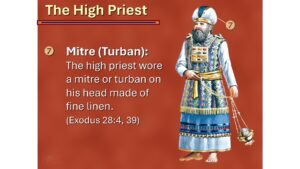
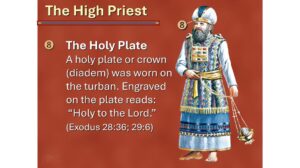
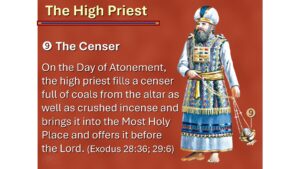
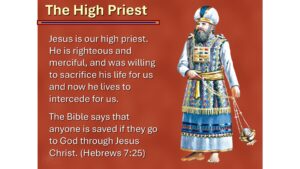
Israel was called to be “a kingdom of priests” (19:6) to reveal His glory and share His blessings with the nations. To do that they themselves had to be a holy people, and that’s where the Aaronic priesthood came in. They were to teach and model holiness. When the priests failed in their role the nation failed in theirs. Discipline on the nation was the result. Today, all believers are described as priests (1 Peter 2:5, 9). These two chapters describe the priesthood of Israel which helps us to understand our role, responsibilities, and consequences for our failure.
V 1-5 The Levites were chosen as priests “to minister to Me.” Their first obligation was to serve the Lord. If they forgot their obligation to the Lord, they would soon shirk in their responsibilities to the people, and the nation would decline spiritually (Mal. 1:6-2:9). They were chosen sovereignly by God not because they deserved to be, just as we are undeserved and yet chosen. When Peter was restored, His repeated question was, “Do you love Me?” (John 21:17) All ministry flows out of our relationship with our Father. Coming before God required proper garments that were designed by God. Three reasons are given: (1) they gave the priests “dignity and honor” (Ex. 28:2) and set them apart (2) they revealed spiritual truths for then and now (3) Failure to wear them could prove deadly (34-35, 42-43). They included a breastplate, an ephod, a robe, a tunic, a turban, and a sash.
6-14 The ephod was a sleeveless vest that extended to just below the hips. The materials that comprised the ephods were costly but reflected the dignity of the office. The ephod was two pieces, held together on each shoulder by a jeweled golden clasp and at the waist by a beautiful belt. On each shoulder engraved on an onyx stone on the shoulder clasps, were the 6 tribes of Israel according to their birth order thus he carried the people on his shoulders before the Lord. The onyx stones reminded him that the tribes of Israel were precious in the sight of God and that he represented them before the Lord. He was called, not to serve himself but his people. Just as our high priest served and still serves us so we art to serve in like manner (John 13:12-17; Phil. 2:4).
15-28 The breastplate was made of beautifully embroidered fabric, nine inches square and folded over. It hung on the high priest’s chest by two golden chains attached to the shoulder clasps. On the breastplate were twelve jewels, arranged in four rows, each stone representing one of the tribes of Israel. So, the high priest not only carried the people on his shoulders, but also on his heart. God’s people are also to be on our hearts. The variety of stones suggests the diversity of God’s people who are precious to God. Interestingly the incense offered to the Lord has certain ingredients some of which burned separately would smell horrible, but together they form a fragrant odor to the Lord. This should remind us that in the Body of Messiah today there may be people who annoy and even repulse us, but together we are a fragrant odor to the Lord. Inside the folded breastplate were “the Urim and Thummim” (“lights and perfections”) which the high priest used to determine the will of God for the nation (Ex. 28:30; 1 Sam. 30:7-8). We have no record of the procedure, but Moses gave instructions on how to discern the Lord’s will. Today we have the Word of God to guide our steps (Ps. 119:105; John 7:17; Ps. 25:8-11).
29-30 God makes an important distinction here between Aaron’s heart and the breastplate. Aaron is not just wearing the names on his breastplate, but bear them on his heart. He and the succeeding high priests represented God’s people before God (Heb. 5:1).
31-35 The outer robe was made of blue cloth with a collared opening for the head. The hem of the robe contained pomegranates made of blue, purple, and scarlet yarn with finely twisted linen. Between the pomegranates were golden bells that allowed those outside the holy place to hear the priest when he was serving on their behalf. The pomegranates symbolized fruitfulness and the bells indicated his presence in the holy place. The robe worn under the ephod seamless, reminding us of Yeshua’s seamless robe that was divided by the Roman soldiers before his crucifixion. The collar was woven so that it would not tear. Priests were forbidden from tearing their garments in mourning (Lev. 21:10) because the high priest had the anointing of the Holy Spirit on him. His unique access to the presence of God allowed him to find His comfort whereas such tearing was a sign of hopelessness. Like those priests, if we avail ourselves of the anointing of the Holy Spirit, and seek God’s presence, there is nothing that should ever make us think that our loss is bigger and greater than our God.
36-43 The turban was worn only by the high priest, while the other priests wore linen head coverings. At the front of the turban was the golden plate that read “Holiness to the Lord,” a reminder that the Levitical system was designed for those who serve and is holy and pleasing to the Lord. We too are called to be holy to the Lord, “Be holy, for I am holy” (Lev. 11:44-45; 19:2; 1 Peter 1:15-16). The Messiah did not come to make us happy but holy and if we want happiness, we must first be made holy by faith in God and His Messiah.

